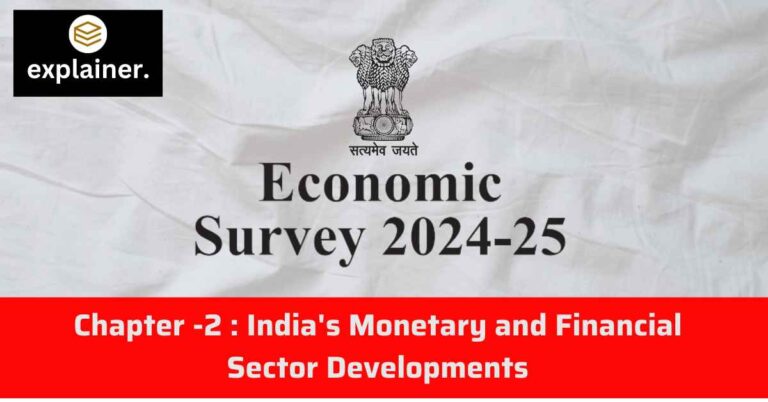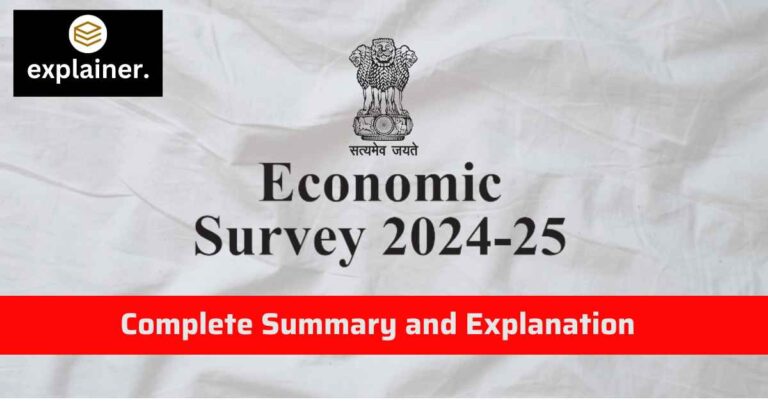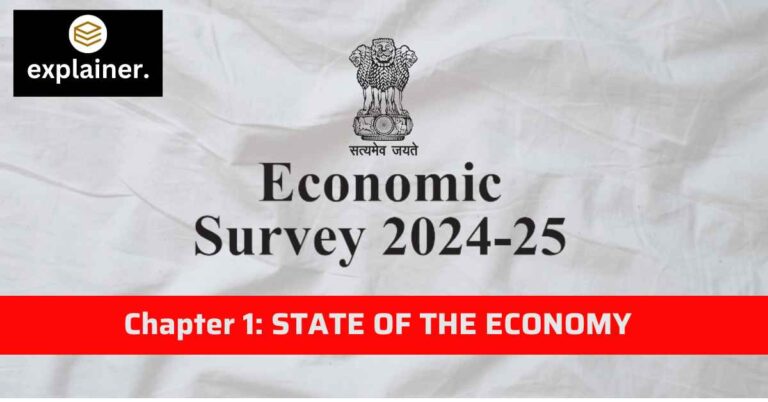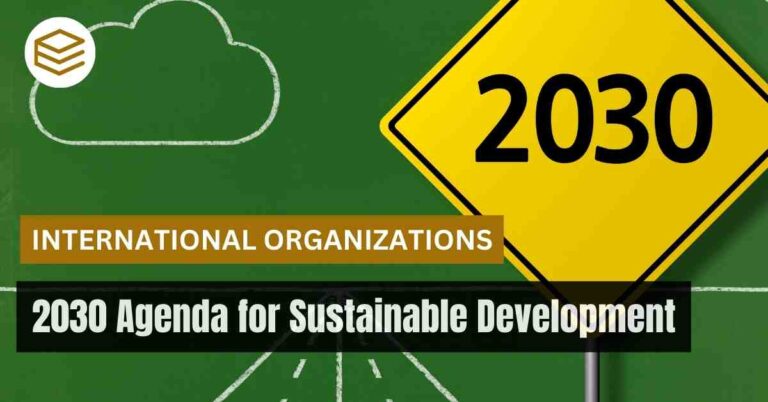October 24, 2025 8:37 am
Introduction
Energy security is vital for India’s economic growth, national security, and sustainable development. As the world’s third-largest energy consumer, India is grappling with the dual challenge of meeting its rapidly growing energy demand while ensuring affordability and sustainability. With a population exceeding 1.4 billion and an expanding economy, India’s energy needs are projected to grow significantly in the coming decades.
This comprehensive discussion explores the dimensions of India’s energy security, analyzing its current energy mix, the challenges it faces, the policy frameworks in place, and the opportunities for transitioning to a sustainable energy future.
Energy security refers to the reliable, affordable, and sustainable availability of energy to meet a nation’s needs. It encompasses:
- Supply Security: Ensuring continuous access to energy resources.
- Economic Security: Keeping energy costs manageable for consumers and industries.
- Environmental Security: Aligning energy use with environmental sustainability and climate goals.
For India, energy security is critical as it directly impacts industrial growth, agricultural productivity, urbanization, and overall economic stability.
Current Energy Mix
India’s energy mix is dominated by fossil fuels, with a growing emphasis on renewable sources:
- Coal: Contributes 56% of India’s total energy generation.
- Oil and Natural Gas: India imports 85% of its crude oil and 50% of its natural gas requirements.
- Renewable Energy: Accounts for 26% of installed capacity, with significant contributions from solar, wind, and hydropower.
- Nuclear Energy: A minor but expanding contributor at 2% of total energy.

India’s energy demand is expected to grow by over 35% by 2030, driven by:
- Urbanization: Increasing energy needs for transportation, housing, and services.
- Industrialization: Energy-intensive sectors like manufacturing and construction.
- Population Growth: Rising household consumption of electricity and cooking fuels.
According to the International Energy Agency (IEA), India will account for 25% of global energy demand growth over the next two decades.
1. Dependence on Imports
- Crude Oil Imports: India is the third-largest importer of crude oil globally, heavily reliant on the Middle East (Saudi Arabia, Iraq, UAE) for its supplies.
- Natural Gas Imports: Imports are essential to meet domestic demand, particularly for city gas distribution and power plants.
- Coal Imports: Despite being the second-largest coal producer, India imports high-quality thermal and coking coal for industries like steel and cement.
2. Transition to Renewable Energy
- India has pledged to achieve 50% of its installed energy capacity from non-fossil fuel sources by 2030 under its Nationally Determined Contributions (NDCs).
- Solar and wind energy are the fastest-growing sectors, supported by ambitious projects like the International Solar Alliance (ISA) and National Solar Mission.
3. Infrastructure Challenges
- Transmission and Distribution: High losses due to outdated grid infrastructure.
- Storage Solutions: Limited deployment of energy storage technologies like batteries for renewables.
- Pipeline Network: Inadequate gas pipelines restrict the use of natural gas in key sectors.
4. Climate Commitments
- India aims to achieve net-zero emissions by 2070, requiring significant decarbonization of the energy sector.
- Initiatives like the National Green Hydrogen Mission aim to make India a leader in clean energy technologies.
5. Energy Equity
- Ensuring affordable access to energy for all sections of society, particularly rural areas, remains a challenge.
- Clean Cooking Fuels: Programs like PM Ujjwala Yojana promote the use of LPG over traditional biomass.
1. Import Dependency
- High reliance on energy imports exposes India to geopolitical risks, such as supply disruptions during conflicts in the Middle East or sanctions on major suppliers.
- Volatile global crude oil prices impact India’s trade deficit and inflation.
2. Domestic Production Constraints
- Declining production from aging oil and gas fields like Bombay High.
- Limited exploration of new reserves due to regulatory and environmental hurdles.
3. Renewable Energy Integration
- Intermittent nature of solar and wind energy creates challenges in maintaining grid stability.
- Insufficient energy storage solutions to manage peak demand.
4. Financing and Investment
- Massive capital requirements for infrastructure development and clean energy transition.
- High financing costs deter private investment in renewable energy projects.
5. Environmental Challenges
- India’s heavy dependence on coal contributes significantly to air pollution and greenhouse gas emissions.
- Large-scale renewable projects like hydropower dams face resistance due to environmental concerns.
6. Energy Access and Equity
- Over 200 million people in India still lack access to reliable electricity.
- Rural areas rely on inefficient and polluting energy sources, impacting health and productivity.
1. National Energy Policy (NEP)
- Focuses on energy access, efficiency, sustainability, and independence.
- Targets 24×7 affordable power for all citizens by 2025.
2. Renewable Energy Initiatives
- National Solar Mission: Targeting 280 GW of solar capacity by 2030.
- National Wind-Solar Hybrid Policy: Promoting co-located renewable energy projects.
- National Green Hydrogen Mission: Establishing India as a global leader in hydrogen energy.
3. Energy Efficiency Programs
- Perform, Achieve, and Trade (PAT) Scheme: Promotes energy efficiency in industries.
- UJALA Scheme: Distributes LED bulbs to reduce energy consumption.
- BEE Standards: Enforces energy efficiency norms for appliances.
4. Fossil Fuel Reforms
- Discovered Small Field Policy (DSF): Encourages private investment in oil and gas exploration.
- Gas Pricing Reforms: Aims to attract investment in gas production by offering market-linked prices.
5. Electrification and Grid Modernization
- Saubhagya Scheme: Provides electricity connections to rural households.
- Smart Grid Projects: Enhances reliability and integration of renewables.
1. International Solar Alliance (ISA)
- India co-founded the ISA to promote solar energy globally, targeting $1 trillion in investments by 2030.
2. G20 Energy Forum
- India uses its platform to advocate for equitable energy transitions and clean energy financing.
3. Strategic Energy Partnerships
- USA: Collaboration on shale gas, nuclear energy, and renewable technology.
- Russia: Long-term contracts for oil and LNG supplies.
- Middle East: Strategic partnerships with Saudi Arabia, UAE, and Qatar for energy imports.
1. Renewable Energy Leadership
- India’s vast solar and wind potential positions it as a global leader in clean energy technologies.
- Initiatives like One Sun One World One Grid (OSOWOG) aim to create a transnational solar grid.
2. Domestic Manufacturing
- Policies like PLI Schemes for solar modules and batteries can boost domestic production and reduce import dependency.
3. Green Hydrogen
- Leveraging India’s renewable capacity for hydrogen production can revolutionize sectors like steel, fertilizers, and transportation.
4. Bioenergy
- Expanding bioenergy projects, such as ethanol blending and biogas production, can enhance energy security and rural incomes.
5. Digital Transformation
- AI and IoT can optimize energy generation, distribution, and consumption.
1. Diversification of Energy Sources
- Increase the share of natural gas to 15% of the energy mix by 2030.
- Expand nuclear energy capacity with newer reactor technologies.
2. Focus on R&D
- Invest in advanced technologies like carbon capture, utilization, and storage (CCUS).
- Develop affordable energy storage systems for renewables.
3. Strengthening Energy Diplomacy
- Forge stronger ties with energy-exporting nations.
- Collaborate with global partners on clean energy initiatives.
4. Ensuring Energy Equity
- Expand electrification in underserved areas.
- Promote affordable, clean cooking fuels for rural households.
5. Building Resilient Infrastructure
- Modernize transmission networks for grid reliability.
- Enhance disaster-resilient infrastructure to mitigate climate risks.
Conclusion
India’s journey toward energy security is a complex but achievable goal. By addressing challenges like import dependency, renewable integration, and energy equity, and leveraging opportunities in clean energy technologies, India can emerge as a global leader in sustainable energy. With the right policies, investments, and collaborations, India’s energy sector will not only power its domestic growth but also contribute significantly to global efforts in combating climate change.
Useful Links >>
UPSC Mains Syllabus – General Studies-I: This post provides a detailed breakdown of the General Studies-I syllabus, covering Indian Heritage and Culture, History, and Geography of the World and Society.
Complete Notes of History for UPSC: A comprehensive collection of history notes tailored for UPSC aspirants, encompassing ancient, medieval, and modern Indian history.
UPSC CSE Exam 2025: An Insight: Gain insights into the UPSC Civil Services Examination for 2025, including important dates, exam patterns, and preparation strategies.
Important Books for UPSC Exams: A curated list of essential books recommended for various subjects in the UPSC examination, aiding in effective study planning.
UPSC Prelims Syllabus: An in-depth overview of the UPSC Preliminary Examination syllabus, helping candidates understand the topics to focus on during their preparation.





